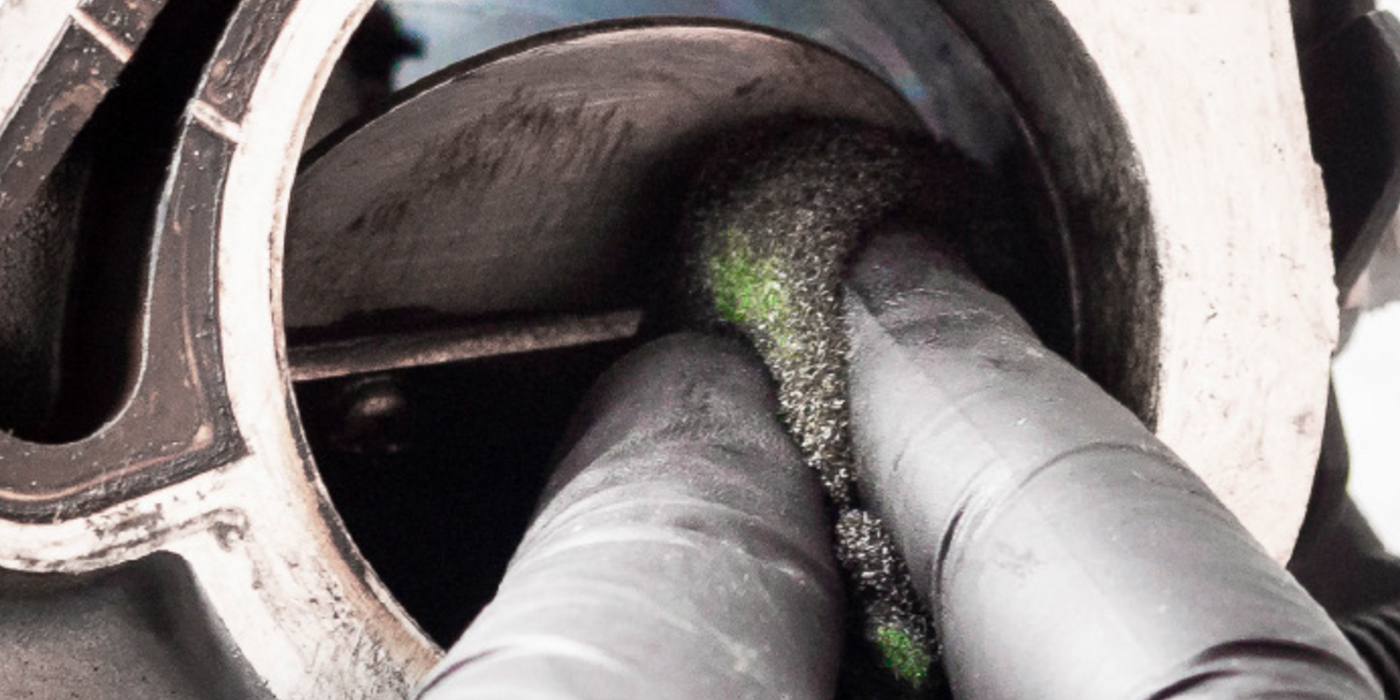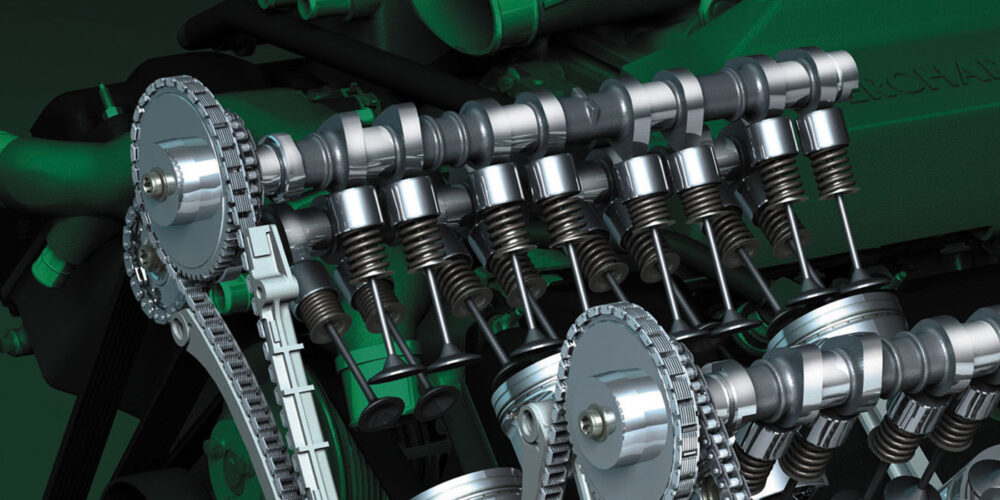By Larry Hammer
Technical Services
www.mightyautoparts.com
Neglecting air filter maintenance on a normal aspirated gas engine can result in poor engine performance, poor fuel economy and high emission output. Neglect the same service on a turbocharged diesel engine and some major engine and turbocharger damage can be incurred.
Turbocharged diesel engines have a healthy appetite for air, and they can consume more than just air. When the air filter becomes restricted, the turbo can pull contaminates through the filter media, which is referred to as “dusting.” It’s not uncommon for a restricted air filter to be pulled from its mounted position in the air box, allowing unfiltered air to enter the engine. In some cases the filter disintegrates and is sucked into the turbo, causing major damage to the turbocharger and engine. Ford and GM have both encountered some challenges with their turbo-diesel air filtration systems, and especially problems resulting from improper service procedures and poor maintenance. Let’s consider some of those challenges:
Ford PowerStroke
Ford has utilized several different style air filters for the PowerStroke diesel applications. The early design filter was oval and double reinforced with wire. The next generation filter was a flat panel filter with a wire grate over the clean air side of the filter. To increase the strength of the filter, glue strips were later added to the opposite side of the filter to make it stronger and less susceptible to collapse. Ford offered a heavy-duty design, which was a standard filter fitted with a foam pad. In 2002 Ford introduced a 3-inch panel filter and a redesigned air box and cover to house the filter. The new air box and filter, designed to improve filtration, was offered as an upgrade for applications back to 1999. In 2003 Ford introduced a heavy-duty air filter that resembles a honeycomb encased in a plastic housing. This design filter is resistant to housing heat distortion, and it would be impossible for it to be sucked into the turbocharger or engine. It is a difficult filter to install without breaking the latches that seal the filter. Do not use the latches to pull the filter into position.
When installing any of the mentioned style filters, make certain that all latches are intact and the air filter is properly sealed in the housing. Often the plastic latches break from fatigue or improper closure. If a latch is broken, the air filter will not seal, allowing debris to be drawn into the turbocharger and engine. It may require replacement of the air box.
GM Duramax
With the increased popularity of the Duramax diesel, GM is faced with some of the same air filter challenges that Ford encountered with the PowerStroke. The air filter for GM’s 8.1L gas engine has the same dimensional characteristics as the filter required for the 6.6L Duramax. Some techs have elected to install the air filter for the gas engine in the diesel applications. That filter will not remain intact in a turbocharged diesel. The filter can be pulled from the air box or shredded and consumed by the turbocharger and engine. It requires a stronger filter to withstand the airflow demands of the turbo-diesel, especially when the filter becomes restricted.
Duramax applications from 2001–2005 utilize a flat-panel filter, supported by a wire mesh screen on one side of the filter media and glue strips on the opposite side. The glue strips provide added strength to the filter pleats. Regardless of vehicle manufacturer, the air filter for the turbo-diesel applications must be of a heavy-duty design. GM introduced a new design air filter for the Duramax in 2006. It is a round filter that incorporates a filtering media that resembles a honeycomb. It is the same style filter that Ford introduced in 2003 for the 6.0L turbo-diesel, except it is dimensionally smaller.
When replacing an air filter on some 2004–2005 2500/3500 series GM trucks, you may encounter the 2006 design air filter. GM offered an upgrade installation kit and procedure outlined in GM service bulletin #06-06-04-036D to retrofit the mentioned applications. The upgrade was to help alleviate overheating conditions due to extreme driving conditions such as towing a trailer, heavily loaded vehicles, and especially vehicles operated in high ambient temperatures.
Maintenance
One of the biggest problems is lack of maintenance. General maintenance schedules are misleading, as they fail to take into consideration vehicles that operate in extreme conditions, such as construction sites, road building, farming, etc. Vehicles operated in these conditions may require a filter replacement every 3,000 miles. When replacing the filter, inspect for evidence of dust bypassing the filter. This will be evident by dust accumulating inside the air cleaner housing on the clean air side of the filter. Look for dust trails across the filter seal. These conditions may elude an entry-level tech.
For information on Mighty Auto Parts, visit www.mightyautoparts.com.













